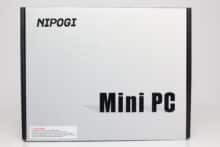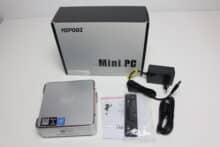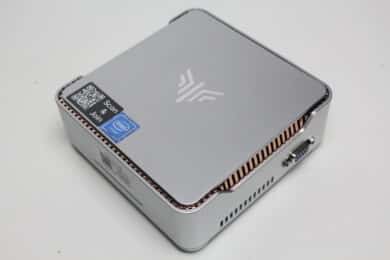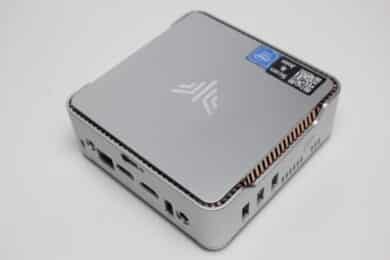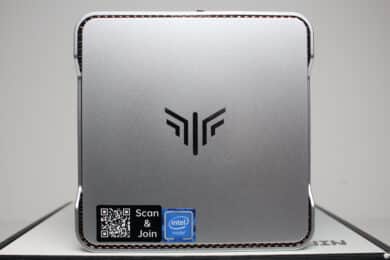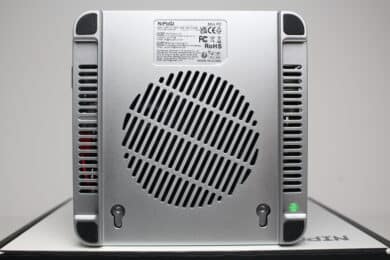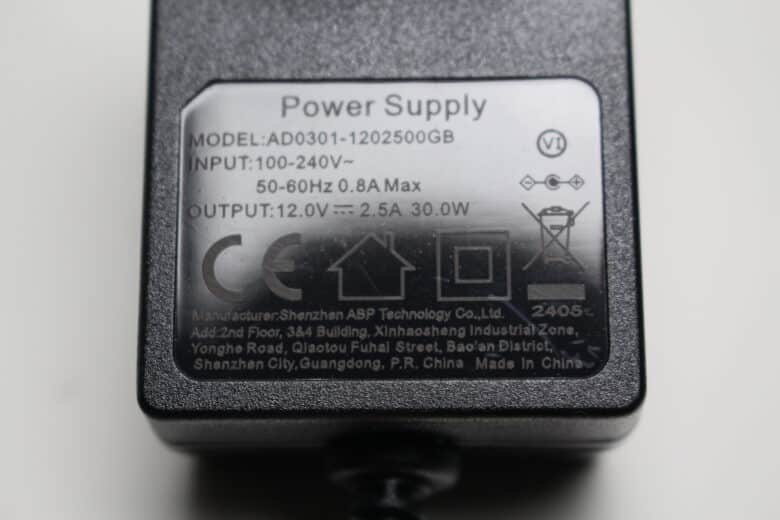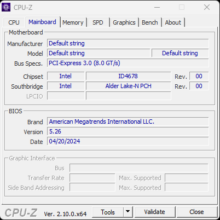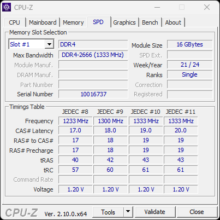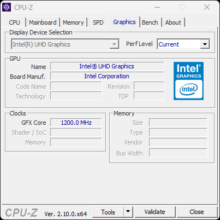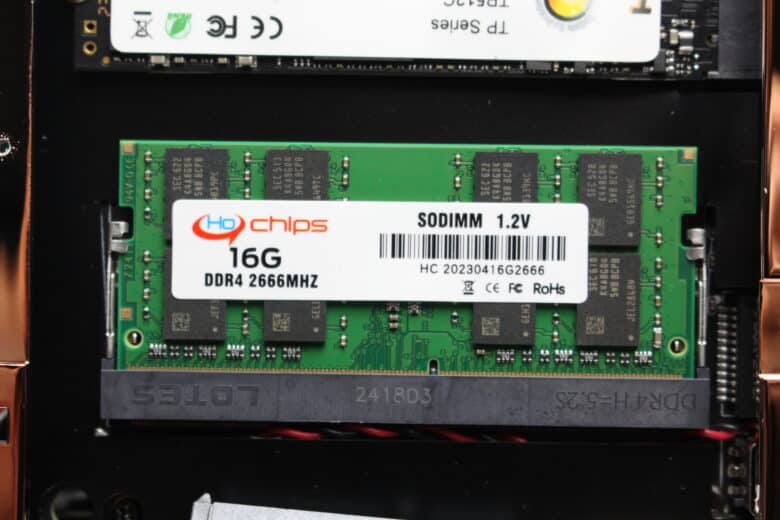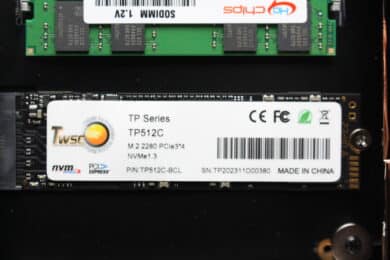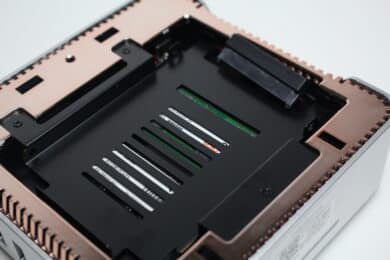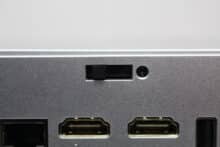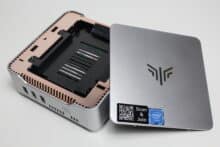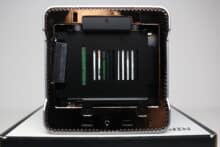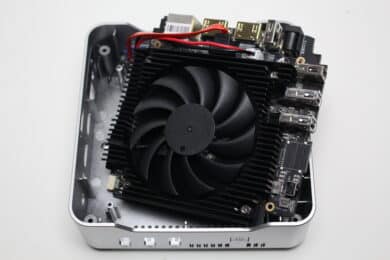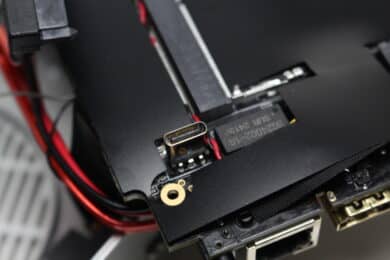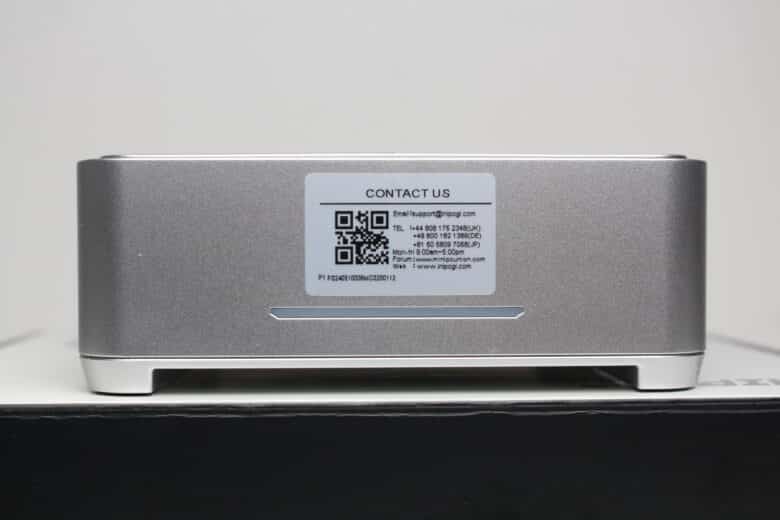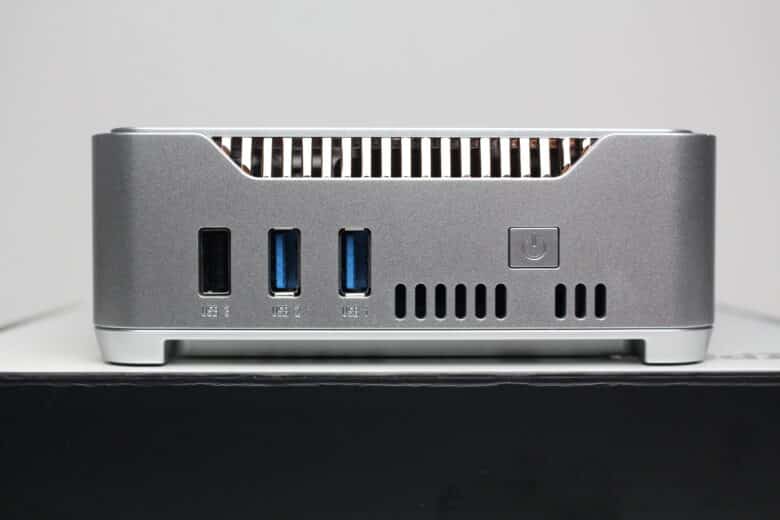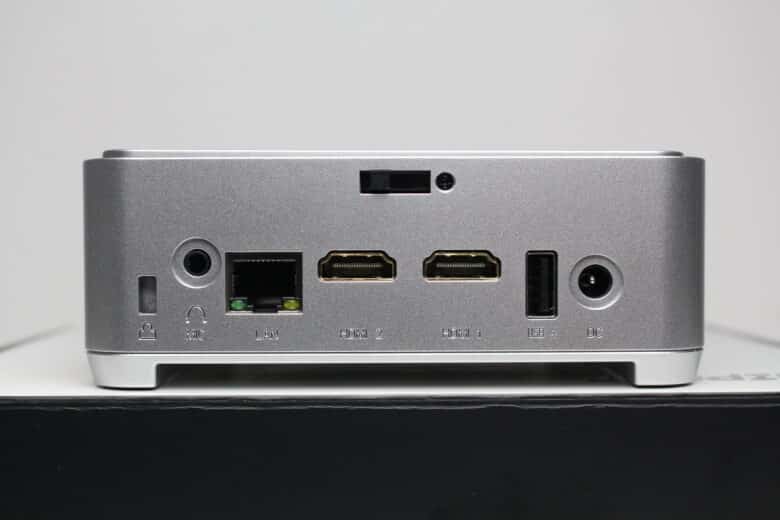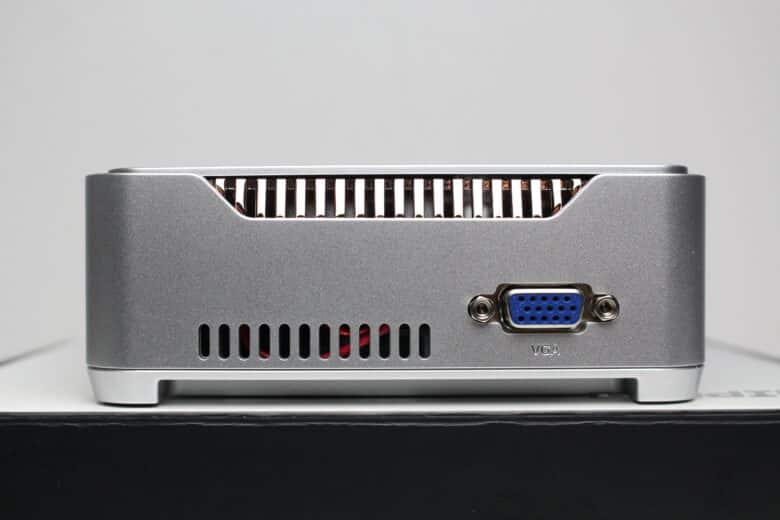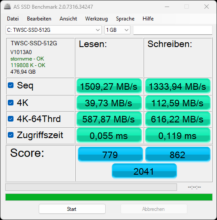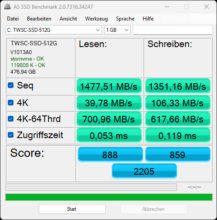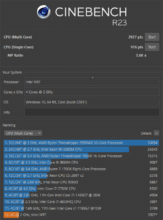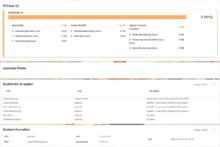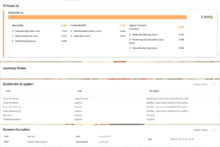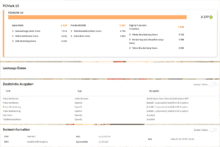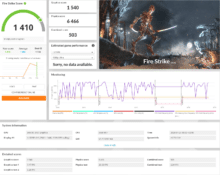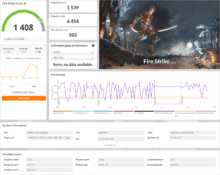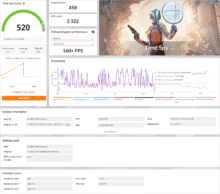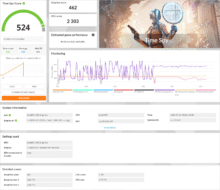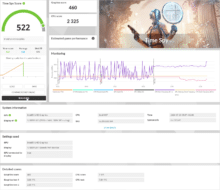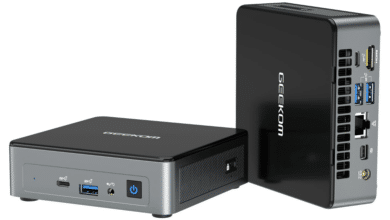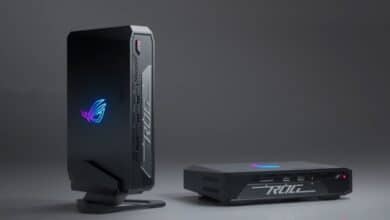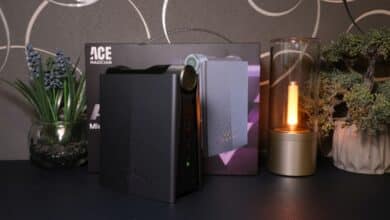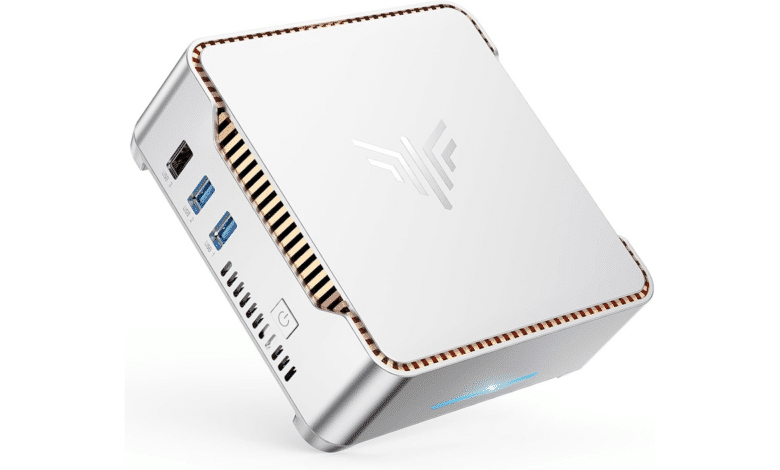
Mini PCs are becoming increasingly popular due to their compactness and low power consumption. After Intel made a start several years ago with the NUC series, more and more manufacturers are trying their hand at developing compact mini PCs. This includes the manufacturer NiPoGi. Behind the name NiPoGi is the Chinese manufacturer Minipc Union, which develops and sells mini PCs worldwide under various brand names. With the second generation of the NiPoGi GK3 Plus, which we are testing today, the manufacturer now has a significantly cheaper mini PC in its portfolio, which is primarily intended as an economical and compact office PC for the home office or school.
NiPoGi GK3 Plus: Technical data
| Model designation | NiPoGi GK3 Plus |
| color | Silver color |
| Processor | Intel Processor N97 (4x 2.0 GHz, max. Turbo 3.6 GHz) |
| Graphics unit | Intel UHD Graphics (1.2GHz, 24EUs) |
| Storage space | 1x m.2 NVMe (occupied by TWSC TP512C 512GB M.2 2280 SSD PCIe Gen3*4) (max. 2TB) 1x 2.5 SATA (free) |
| Memory | 1x Ho chips 16GB DDR4 2666MHz (max. 16GB) |
| Operating system | Windows 11 Home |
| Connectivity | Realtek RTL8821CE (802.11ac, WiFi 5, Bluetooth 4.2) |
| Ports | 2 x USB-A (USB 3.0, 5Gbit/s) 2 x USB-A (USB 2.0, 480Mbit/s) 2x HDMI (4K@60 Hz) 1x VGA 1x 3.5 mm jack 1x 1 GBit/s Ethernet LAN |
| Dimensions (W x D x H) | 128 x 128 x 52 mm |
| Weight | 381 g (Mini-PC) 125 g (30W power supply unit) |
| Price | € 249.00 * (often available for less than €200) |
| Energy consumption |
20W to 30W |
NiPoGi GK3 Plus test: packaging and scope of delivery
Unlike the NiPoGi CK10 Mini-PC, the manufacturer does not pack the GK3 Plus in a white, high-quality cardboard box but in a much thinner, black or white-colored cardboard box. Apart from the manufacturer’s name and the words “Mini PC”, no other information can be found on the front or sides. On the back, NiPoGi provides general warranty information and a table with information on the Mini PC’s hardware features.
When you open the box, you are first greeted by a thin layer of foam. Underneath, we find the GK3 Plus, which has been wrapped in an additional plastic film to protect it from scratches. To the right of the mini PC, the manufacturer stores the accessories in an additional compartment. These include a short HDMI cable, mounting screws, a VESA mount, the 30W power supply unit and a quick start guide.
NiPoGi GK3 Plus test: design and workmanship
The NiPoGi GK3 Plus hardly differs from other Mini-PCs in terms of its size. The GK3 Plus weighs 381 grams without the power supply unit and is 13 centimeters wide, 13 centimeters deep and 5 centimeters high. Although this does not make it one of the most compact Mini PCs, it is light and compact enough to be easy to store and transport.
The housing of the GK3 Plus is made entirely of plastic, which unfortunately does not look or feel particularly high-quality. The material thickness is also rather poor, especially in the lid area, so that the lid can be easily pressed in even when assembled. To enhance the look somewhat, the side ventilation openings have been given a bronze or glossy color. However, plastic is still the material of choice here too, which hardly enhances the look any further.
In addition to the manufacturer’s logo and some stickers on the lid, we can also see a large ventilation opening for the CPU cooler on the underside as well as four rubberized feet with screws underneath. The manufacturer has placed the connections and a status LED (blue/red) on the side of the case.
The supplied external power supply unit is black and has a 1.5m long connection cable and an output power of 30W.
Features and maintenance
In the second generation of the GK3 Plus, NiPoGi uses the Intel N97 as the CPU. This is an entry-level notebook CPU that has four efficiency cores (Alder Lake-N, Gracemont architecture) with a maximum clock frequency of 3.6 GHz. If all cores are loaded simultaneously, they clock at a maximum of 2.0 GHz. Hyper-Threading is not available on the Intel N97, which is located between the Intel N100 and Intel N200 in terms of performance.
NiPoGi also installs a RAM bar from the manufacturer Ho chips with a capacity of 16GB DDR4 and a clock rate of 2666MHz. There is no second RAM slot, as the Intel N97 only supports a maximum of 16GB in single channel anyway. However, it is possible to replace the RAM bar, e.g. in the event of a defect.
The pre-installed Windows 11 Home was installed on a PCIe 3.0 NVMe SSD from TWSC, which was specified with a capacity of 512GB and corresponds to the m.2 2280 format. In addition to the RAM bar, the SSD can also be exchanged and replaced with a 2TB variant at most. If there is still not enough storage space, the mini PC offers an additional mounting space for a 2.5″ HDD or SSD.
To get inside the GK3 Plus, all you have to do is remove a screw on the back and then use a small lever to release and remove the plastic cover. Underneath, you can immediately see the aforementioned mounting frame for the 2.5″ data carrier. Suitable mounting screws are included in the scope of delivery. The mounting frame can also be removed and then gives access to the RAM and Nvme slot.
Although it is possible to remove the entire circuit board, it is quite time-consuming as the glued-on feet have to be removed first. There is also no great benefit to removing the board, apart from being able to clean the heat sink better. Instead, we were able to find a USB-C port, which unfortunately appears to have no function or its use led to the Mini PC crashing
NiPoGi GK3 Plus test: The connections
The placement of the ports on the NiPoGi GK3 Plus is unfortunately somewhat unfavorable from our point of view, as the power button and the USB ports do not face the front when the display ports are at the back. If we go by the orientation of the manufacturer’s logo, we only find a sticker with support information and a status LED in the form of an elongated bar on the front.
The manufacturer has placed the power button and two USB-A 3.0 and one USB-A 2.0 port on the left-hand side. The USB 3.0 ports support a maximum data rate of 5 Gbit/s.
On the back, we find a second USB-A 2.0 port, two HDMI sockets (4K@60Hz), an RJ45 port (1 Gbit/s) as well as a 3.5mm jack connection, the holder for a Kensington lock and the socket for the plug of the external 30W power supply.
NiPoGi remains true to its line and once again installs a VGA port on the right-hand side of the GK3 Plus. Everyone has to decide for themselves whether this connection makes sense. At the very least, much older monitors can be connected to the GK3 Plus without any problems.
To enable wireless connections, NiPoGi uses a Wi-Fi or Bluetooth adapter from Realtek. This is the RTL8821CE chip, which only comes with support for Wi-Fi5 and Bluetooth 4.2 and is permanently soldered to the mainboard. Nevertheless, the chip has been equipped with two antennas and thus allows at least slightly better transmission rates.
Overall, the variety of connections and connectivity is not exactly exhilarating, but generally corresponds to the targeted price range. However, the lack of at least one easily accessible and functional USB-C port or an SD card reader is unfortunately a bit of a shame.
NiPoGi GK3 Plus test: practical impressions
Setting up the NiPoGi GK3 Plus was quick and easy, as the mini PC comes with Windows 11 Home pre-installed. The choice of the Windows version is probably also due to the price range, as most mini PCs are usually equipped with Windows 11 Pro. A few seconds after switching on, we were greeted by the Windows 11 setup wizard. This was followed by the selection of the language, the (de)activation of the data protection options and the assignment of a name for the local user account. It is not necessary to set up a Microsoft account.
After the initial setup, Windows updates were installed, which took another 15 to 30 minutes. After that, we were ready to go. As with NiPoGi’s previous mini PCs, the GK3 Plus is delivered without bloatware.
As part of the malware issue at the manufacturer Acemagic, we also carried out a complete malware scan on the NiPoGi GK3 Plus using various solutions (Microsoft, Trend Micro, Avast etc.). None of the scans found a threat and the suspicious folder or the file that was conspicuous on Acemagic systems was not even present on the GK3 Plus.
The fan installed in the GK3 Plus is mostly switched off in idle mode and under light load (e.g. YouTube videos (1080p)) and is very restrained even under full load, but suffers from a slight bearing noise. Depending on the position of the case, these noises are likely to be drowned out by the general background noise of an office.
Finally, we were able to successfully test the compatibility with Linux (in this case Zorin OS/Ubuntu) and found no problems in everyday use. The subsequent reinstallation of Windows 11 also went without any further incidents, as all drivers are already part of the basic Windows 11 package or could be installed automatically by Windows Update.
Benchmark: Productivity, system, SSD and gaming
Let’s now move on to the benchmarks so that we can back up the manufacturer’s statements with a few figures. We measure the productivity and system performance with PCMark 10 and Cinebench R23. PCMark 10 simulates different workflows when running the benchmark, which include word processing, surfing the Internet and spreadsheets.
Cinebench, on the other hand, measures the speed of the CPU cores individually and in multi-core mode. All benchmarks were always carried out three times and the average value from the three test runs was then determined.
NiPoGi does not advertise the GK3 Plus as a gaming system, but as a classic everyday PC for work, office and home theater. However, in order to create a certain degree of comparability with previous systems, we still ran the 3DMark Fire Strike and Time Spy benchmarks.
SSD benchmark: AS SSD
As already mentioned, the built-in NVMe SSD comes from TWSC and is based on the PCIe 3*4 standard. Unfortunately, the AS SSD benchmark shows that the TP512C does not even come close to fully utilizing the PCIe 3.0 standard. Around 1500 MB/s for reading and 1350 MB/s for writing should be sufficient for typical everyday tasks, but the SSD definitely doesn’t break any speed records and it doesn’t have a DRAM cache either.
Cinebench R23 and PCMark 10
The Intel N97 achieves a score of 2925 points in the Cinebench R23 multi-core benchmark. This puts it at about the same level as an Intel Core i5-3570K compared to a desktop CPU, but consumes only a fraction of the power. In the area of single-core performance, the Intel N97 can match a Ryzen 5 1600 with a score of 974.
Unlike Cinebench, the SSD also has an influence on the benchmark results in PCMark 10. Overall, this benchmark achieves values that are more than sufficient for a typical office or multimedia PC, but more complex work such as image or even video editing will most likely not be fun or almost impossible. At this point, however, it must be said once again that the Intel N97 is an entry-level notebook CPU and no top performance should be expected.
| Benchmark | Result |
| Cinebench R23 Multi-Core | 2,925 pts. |
| Cinebench R23 Single-Core | 974 pts. |
| PCMark 10 total score | 3,361 pts. |
| PCMark 10 Essentials | 6,866 pts. |
| PCMark 10 Productivity | 5,200 pts. |
| PCMark 10 Digital Content Creation | 2,887 pts. |
Graphics performance
As already suspected, the results of the gaming benchmarks are not very impressive. The GK3 Plus achieves an average of 1411 points in the 3DMark Fire Strike benchmark. In Time Spy, the score is 522 points. However, since the Intel N97 clocks slightly higher than the Intel N100 and has a slightly faster graphics unit, better scores are achieved than in our test of the Geekom Mini Air12. The NiPoGi GK3 Plus could therefore be suitable for slightly older games with reduced details or as an emulation PC for older console titles.
NiPoGi GK3 Plus test: Conclusion
Overall, the NiPoGi GK3 Plus leaves a rather mixed impression. The sufficiently fast operating speed for office tasks, the quick boot time and the very low noise level should be emphasized positively. In addition, the NiPoGi GK3 Plus comes with a pre-installed and activated Windows 11 Home without any bloatware or suspicious spyware/malware. Another positive aspect is that the GK3 Plus supports a total of three monitors, two of which can be controlled with 4K resolution or 60Hz. The VGA connection can also be useful when used in older environments.
In our opinion, the rather cheap look and feel of the NiPoGi GK3 Plus and the generally rather meagre range of connections and features are negative. Neither the built-in SSD nor the pre-installed network card are exceptionally fast, but match the performance class of the CPU, which is also in the entry-level segment. Nevertheless, it should not be forgotten that this Mini-PC doesn’t really cost much at € 249.00 *.
However, the purchase price of the NiPoGi GK3 Plus often varies between €200 and €250. Due to the overall performance and features shown, you shouldn’t spend more than €200 on this mini PC and generally be aware that the NiPoGi GK3 Plus isn’t a performance miracle or a special feature. For 50 to €100 more, you can already get some mini PCs with AMD Ryzen CPUs that easily outperform the Intel N97, except in terms of power consumption
NiPoGi GK3 Plus
Design & workmanship
Equipment
Performance: System
Performance: Gaming
Value for money
76/100
The NiPoGi GK3 Plus is a compact, quiet and economical mini PC that is ideally equipped for everyday office and less demanding multimedia tasks. Points of criticism are the look, feel and the built-in WLAN/Bluetooth adapter.
